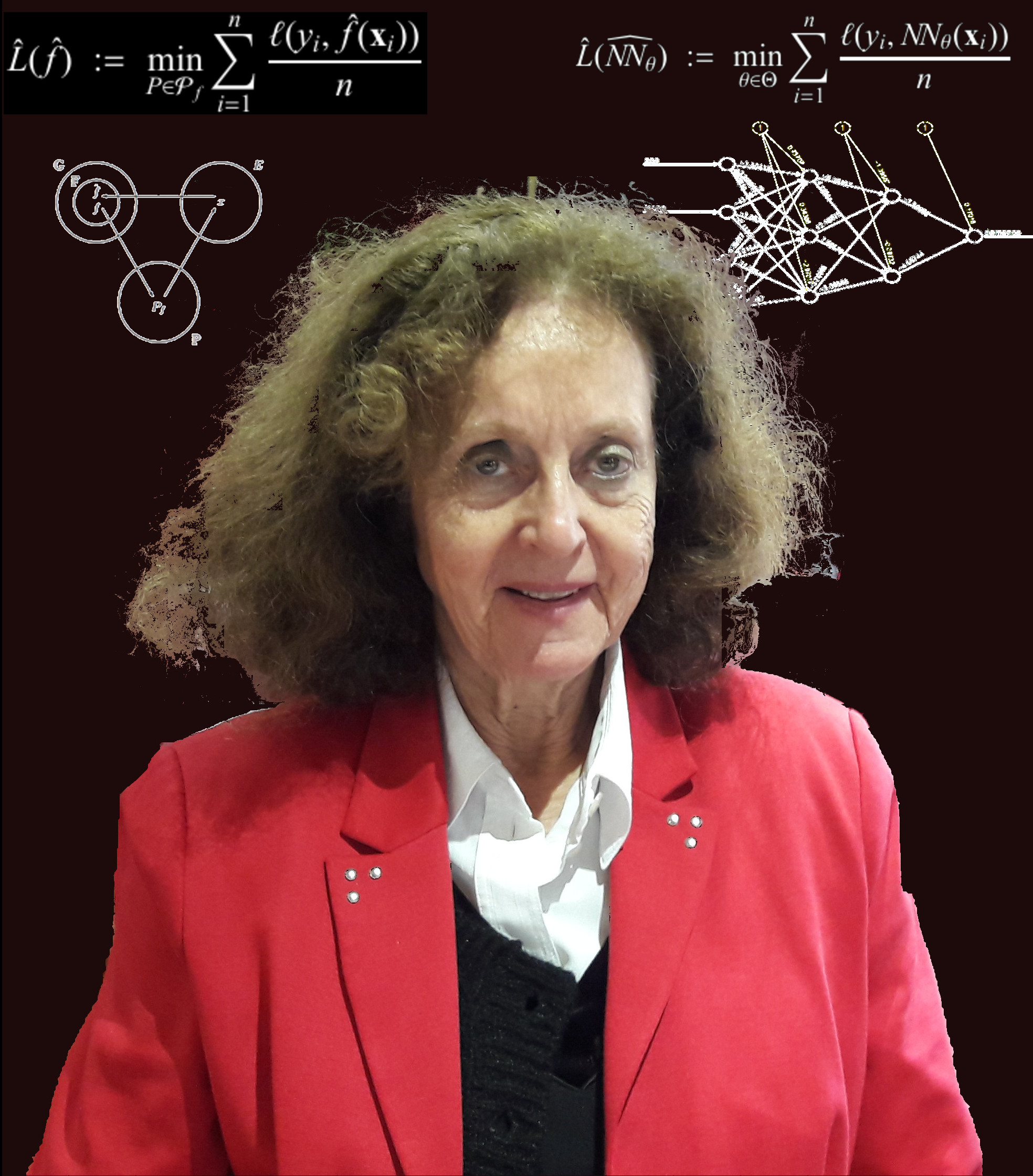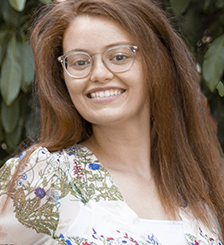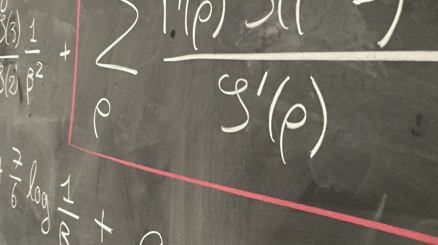Séance spéciale du colloquium en l’honneur de Catherine Huber-Carol
Séance spéciale du colloquium en hommage à Catherine Huber-Carol
Le MAP5 rend hommage à Catherine Huber-Carol en organisant une séance spéciale du colloquium en son honneur.

Les orateurs seront:
- Bernard Bru (Université Paris Cité)
- David Donoho (Department of Statistics, Stanford University)
- Catherine Huber-Carol (MAP5, Université Paris Cité)
- Stéphane Robin (LPSM, Sorbonne Université)
- Claire Vernade (Cluster of Excellence Machine learning for Science, University of Tuebingen)
L’inscription était gratuite mais obligatoire.
Comment se rendre à la Salle du Conseil Turing? C’est expliqué ici.
Programme:
- 09h00-09h15, accueil
- 09h15-09h50, Catherine Huber-Carol (Université Paris Cité), From mathematical statistics to biomedical applications: robust and nonparametric statistics, survival data, statistical learning via neural networks
- 09h50-10h25, Stéphane Robin (Sorbonne Université), Change-point detection in a Poisson process
- 10h25-10h45, Bernard Bru (Université Paris Cité), Enseigner la statistique
- 10h45-11h15, pause café
- 11h15-11h50, Claire Vernade (University of Tuebingen), Bretagnolle-Huber inequality and Sequential Decision Making: from 1978 to 2023
- 11h50-12h25, David Donoho (Stanford University), Data Science at the Singularity
- 12h25-14h00, buffet
Résumés:
- Bretagnolle-Huber inequality and Sequential Decision Making: from 1978 to 2023, Claire Vernade
In 1978, a proof of the Bretagnolle-Inequality [1] was published in the Lecture notes in Mathematics of the Seminaire de Probabilités XII. Nearly 10 years later, Lai & Robbins [2] propose a novel characterization of the complexity of sequential decision-making with partial feedback, also known as ‘bandit problems’. In this talk, we will travel through the key moments in the recent development of the theory of bandit algorithms and the impact of Bretagnolle-Huber and subsequent results on the understanding of these problems and on the design of the most efficient algorithms today.[1] see the Wikipedia article and references therein.[2] Lai, Tze Leung, and Herbert Robbins. “Asymptotically efficient adaptive allocation rules.” Advances in applied mathematics 6.1 (1985): 4-22.
- Change-point detection in a Poisson process, Stéphane Robin
Change-point detection is a method focused on uncovering shifts in behavior within time sequence data. In this study, we delve into scenarios where the data originates from either an inhomogeneous Poisson process or a marked Poisson process. By leveraging minimum contrast estimation, our offline methodology for detecting multiple change-points effectively addresses the inherent continuity of processes, despite the discrete nature of the observations derived from them. A significant advantage is that a suitable number of behavioral regimes can be determined through the application of a cross-validation procedure. Through rigorous experimentation involving both simulated and real-world datasets, we substantiate the value and utility of the proposed method.
This is based on a joint work with Charlotte Dion-Blanc and Émilie Lebarbier. - Data Science at the Singularity, David Donoho
A purported “AI Singularity” has been much in the public eye recently, especially since the release of ChatGPT last November, spawning social media “AI Breakthrough” threads promoting Large Language Model (LLM) achievements. Alongside this, mass media and US national political attention focused on “AI Doom” hawked by social media influencers, with twitter personalities invited to tell US congresspersons about the coming “End Times.” In my opinion, “AI Singularity” is the wrong narrative; it drains time and energy with pointless speculation. We do not yet have general intelligence, and we have not yet crossed the AI singularity.
A particular reason for my opinion is rooted in the viewpoint of “rates of convergence for non parametric functional estimation”, a topic where Catherine Huber made seminal contributions, together with Jean Bretagnolle.
Massive investment by internet hegemons in brutal “scaling up” of machine learning has produced a lot of very expensive empirical evidence. That evidence which I will review, is not encouraging for rapid AI takeoff.
It seems to the narratives should be rewritten, from the 2010’s as the ascendancy of AI (which has not happened) to the ascendancy of a vast expansion of compute and communications infrastructure, which we can all see around us everywhere. The decade can be viewed as also the decade where data science has matured and which creates rapid diffusion of changes across science, including in AI.
Many phenomena driven by this diffision are misidentified as signs of an AI singularity. Data Scientists should understand what’s really happening and their driving role in these developments. - From mathematical statistics to biomedical applications: robust and nonparametric statistics, survival data, statistical learning via neural networks, Catherine Huber-Carol
Inferential statistic as opposed to exploratory data analysis is essentially based on three types of models: parametric, nonparametric and semiparametric. Each of them has its proper qualities and drawbacks. The first type needs to be robustified, which means that the statistical performances have to be optimized not for the model itself but for a neighborhood of the model. This leads to minimax procedures, which amount to minimizing the maximum risk on the neighborhood. To define the adequate neighborhoods, some distances on probability spaces have to be chosen. Also for the second type of model, which has the advantage of leaving more freedom to the function to be estimated, no longer bounded to be defined up to a finite number of real parameters, but pertaining to a set of functions meeting some regularity condition, distances are chosen to define the minimax risk on this set. This freedom for the function comes at the cost of a more difficult interpretation. Most models in survival data analysis are of the third type: part of the model is free to be any function while another part implies parameters which will make sense to the user when the statistician announces the result. Finally, when using neural networks algorithms, we come out (apparently) with “no model”. I shall show some simple examples of robutsness, diagnosis, survival data analysis and comparison of prediction ability and explainability of neural networks and classical statistics.[1] Huber-Carol, Catherine. “Theory of robustness.” Probability and statistics, Lecture Notes, Winter Sch., Santiago de Chile 1215 (1986): 1-128.[2] Huber-Carol, Catherine and Ilia Vonta. “Frailty models for arbitrarily censored and truncated data.” Lifetime Data Analysis 10 (2004): 369-388.[3] Huber-Carol, Catherine. “From Risk Prediction to Risk Factors Interpretation. Comparison of Neural Networks and Classical Statistics for Dementia Prediction.” arXiv preprint arXiv:2301.06995 (2023).
Cet événement bénéficie du soutien de la Fédération Parisienne de Modélisation Mathématique.



